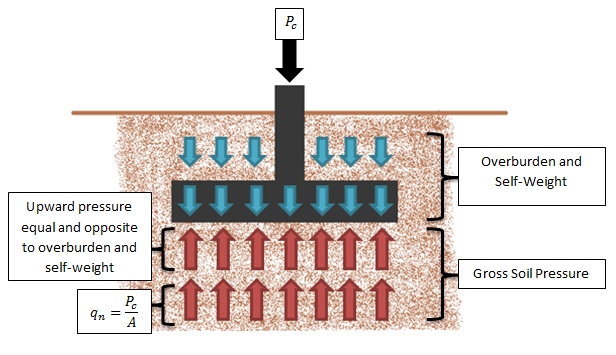
February 20, 2024
Gross and Net Soil Pressures
In RISAFoundation, the Allowable Soil Bearing value is controlled by the Soil Region. This value is always taken as a Gross allowable soil pressure by default.
Halloween isn’t just for candy and costumes—it’s the perfect time to test your spooky engineering skills! We’ve brewed up a Halloween-themed RISA Jeopardy game, packed with fun, easy questions about our software. Tip for readers: Try to answer before revealing the “treat” below each question! 💀 Can You Count? 100 – RISACalc: How many components are currently available in RISACalc? 10 (Beam, Column, Steel Joist, Composite Beam, Retaining Wall, Spread Footing, Wall Footing, Drilled Pier, Seismic Load, Wind Load) 200 – FD: How many Data Entry spreadsheets are available in RISAFoundation? 25 300 – RISA-3D: How many countries or regions have building codes supported in RISA-3D? 9 (US, Canada, Mexico, Europe, Great Britain, India, Australia, New Zealand, Saudi Arabia) 🎃 Adaptable 100 – ADAPT: Which of these is not an ADAPT product? ADAPT-Builder, ADAPT-Felt, ADAPT-Floor, ADAPT-ABI ADAPT-Floor 200 – ADAPT: Which mode of ADAPT-Builder is used to design slabs-on-grade on expansive soils using the PTI method? ADAPT-SOG 🕸️ The Whole Family 100 – Other: This steel detailing software and fellow Nemetschek brand has a built-in export option in RISA-3D. SDS2 200 – Other: Which design code is the most common in our software, found in 8 of our 10 programs?…
Read More

In RISAFoundation, the Allowable Soil Bearing value is controlled by the Soil Region. This value is always taken as a Gross allowable soil pressure by default.
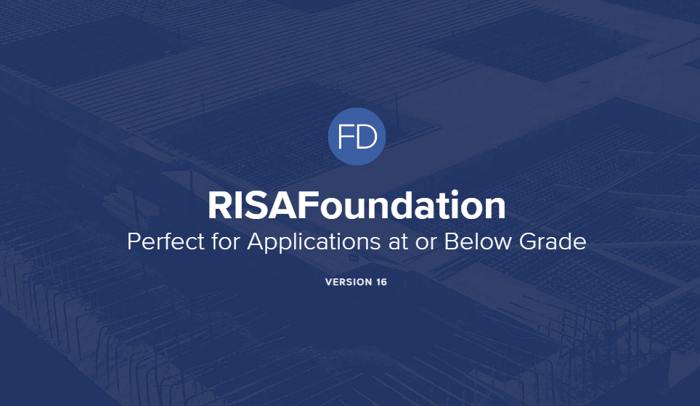
The all new RISAFoundation provides engineers with a fresh new take on our foundation analysis and design software. With a completely redesigned interface and robust graphical modeling tools, RISAFoundation v16 allows engineers to work more efficiently and get the most out of the software. The...
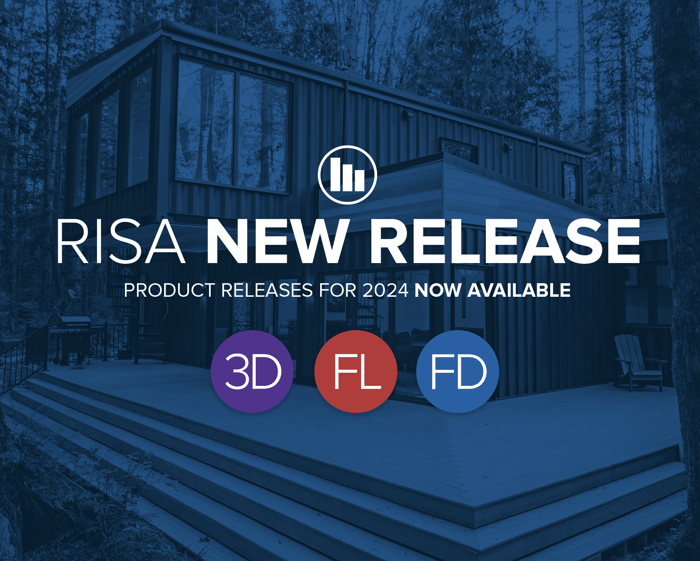
New features are now available in the recent release of RISACore (RISA-3D v22.0, RISAFloor v18.0, and RISAFoundation v16.0) . We are working hard to add the features and functionality that our customers have requested as soon as they become available. With that in mind, we have prepared a new...
Do you need to include your RISA results into your Excel spreadsheet? Directly export result spreadsheets from RISAFloor, RISA-3D, and RISAFoundation.
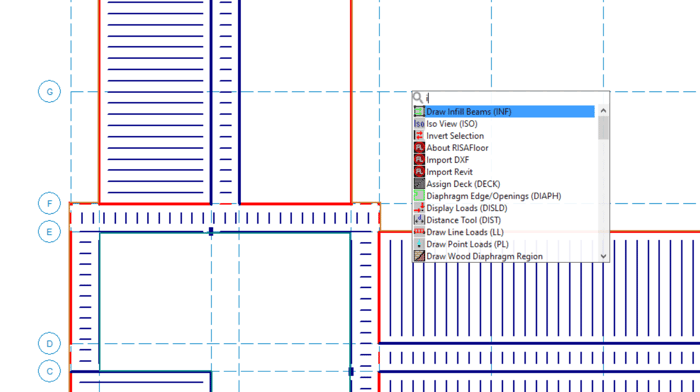
New features are now available in the recent release of RISACore (RISA-3D v21.0.1, RISAFloor v17.0.1, and RISAFoundation v15.0.1) . We are working hard to add the features and functionality that our customers have requested as soon as they become available. With that in mind, we have prepared a new...
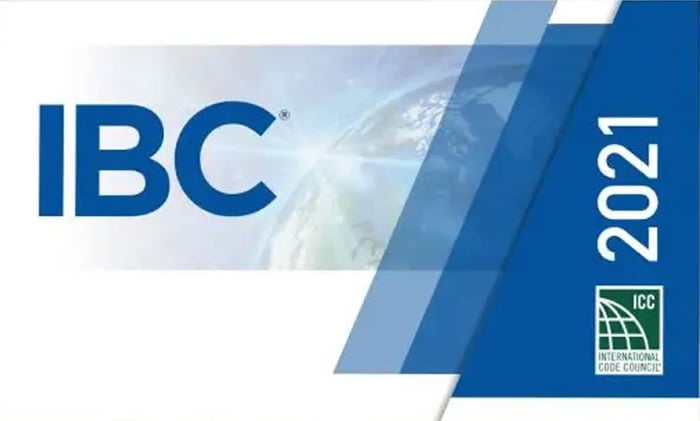
RISA-3D, RISAFloor and RISAFoundation now include support for IBC 2021!
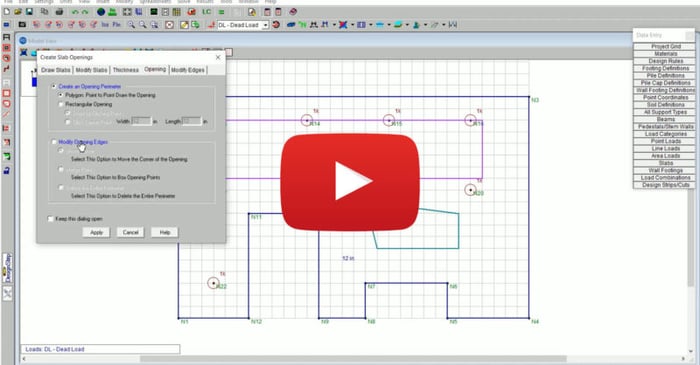
RISAFoundation Version 14 includes new and improved tools for the modification of slab edges, openings and thickness. The new version allows users to easily modify corner points of thickened regions or openings by first selecting the corner and then dragging it to a new location. Additionally,...
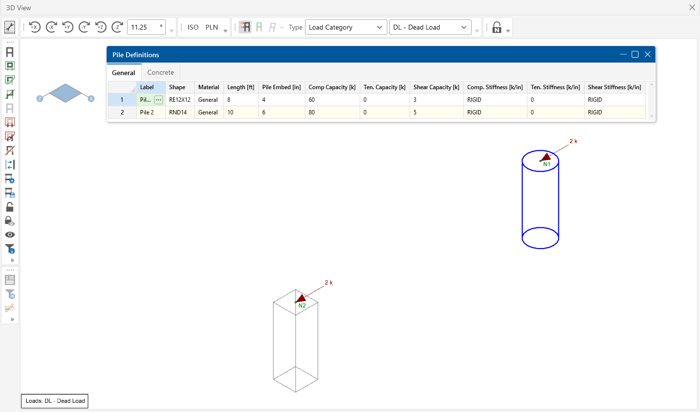
As more engineers trust RISAFoundation for their foundation design needs, additional requests and features are added in order to provide the most robust and comprehensive design options possible. In RISAFoundation, users can design a single pile without a slab or pile cap. This allows engineers to...
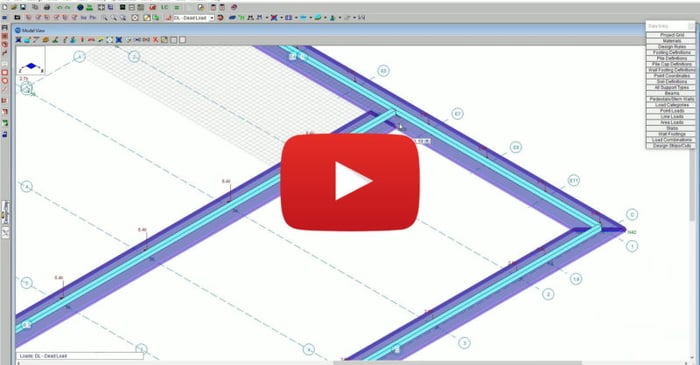
The new Smart Corners feature in RISAFoundation Version 14 allows for the ability to draw continuous footings without causing overlapping slabs at the corner. To implement this, check the "Keep Wall Continuous" option when drawing a Lateral/Custom Strip Footing. For more information about this...
Our monthly "Structural Moment" newsletter is the best way to keep up with RISA’s product updates, new releases, new features, training events, webinars and more...